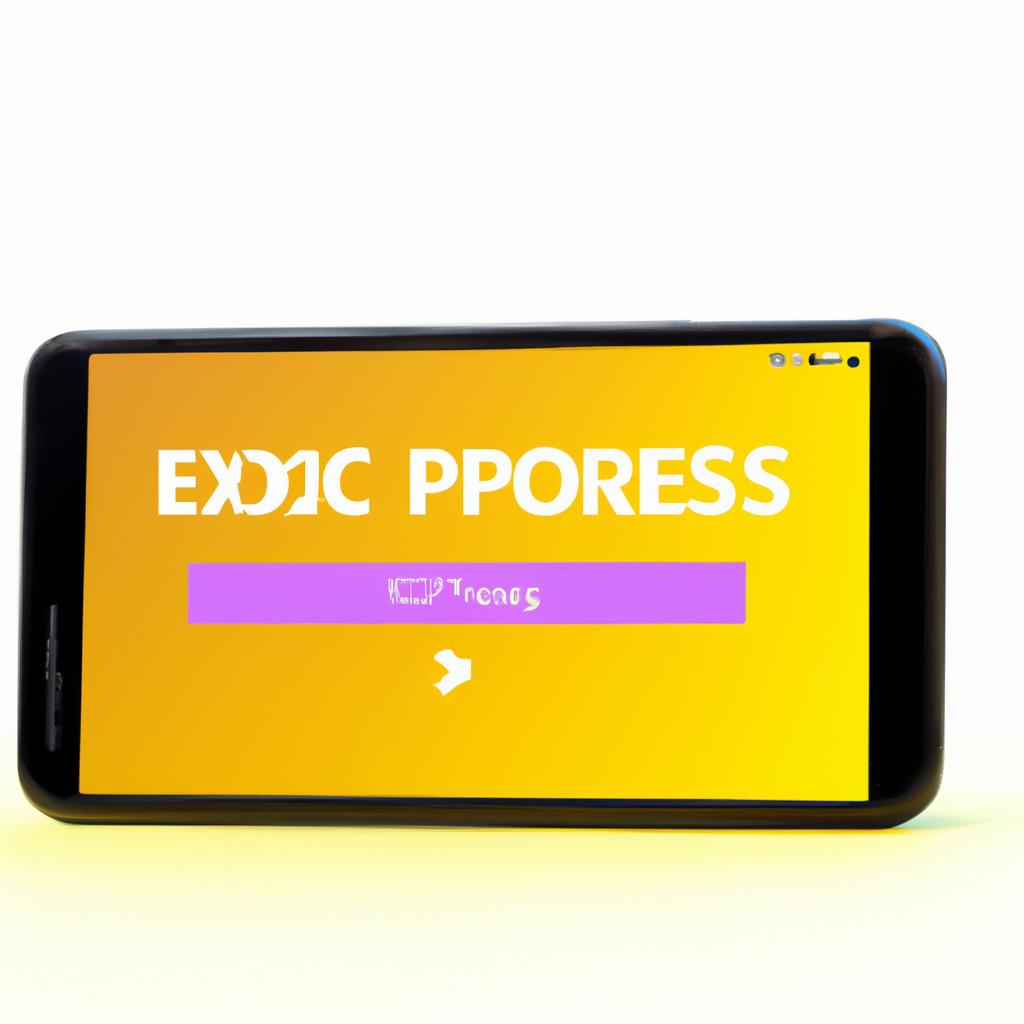Unlocking Your Perfect Workout: Personalization Revealed
Comparing Workout Personalization Algorithms: How Different Apps Tailor Fitness Plans to Individual Users
Fitness apps have transformed workout approaches, helping individuals reach their fitness goals. Advanced algorithms create personalized fitness plans for users. This blog post explores various personalization algorithms and how apps meet individual needs.
Understanding Personalization Algorithms
Personalization algorithms power modern fitness apps. They analyze user data and create tailored workout plans based on factors like fitness goals and preferences. These algorithms collect data through questionnaires, user input, and wearable technology.
Basic algorithms may start with a questionnaire that prompts users to define fitness goals. Based on responses, the algorithm generates a standard workout plan. More advanced apps use machine learning to adapt plans in real-time. If users struggle with an exercise, the app adjusts future workouts to match their skill level.
Data Inputs and User Profiles
Apps use different data inputs to build user profiles. Some ask for basic information like age, weight, height, and goals. Others integrate wearables such as smartwatches or fitness trackers to gather data on heart rate, steps, and calories burned.
The more data an app collects, the more accurate its recommendations become. Users must track progress and input relevant information for optimal personalization.
Algorithm Complexity
An algorithm’s complexity impacts workout personalization. Some apps use straightforward logic based on user inputs. For example, an app might suggest a beginner’s routine focused on basic exercises.
Advanced applications leverage sophisticated machine learning techniques. These algorithms analyze user performance over time, adjusting plans to fit evolving fitness levels. They consider exercise frequency, intensity, recovery needs, and psychological factors like motivation. This complexity leads to a customized experience, making workouts more effective and enjoyable.
Popular Workout Apps and Their Algorithms
Several popular fitness apps employ unique algorithms for workout personalization. Let’s explore a few notable examples:
MyFitnessPal
MyFitnessPal focuses on nutrition and fitness tracking. Users log meals and workouts, allowing the app to calculate calorie intake and expenditure. Based on this data, MyFitnessPal offers personalized workout suggestions.
While MyFitnessPal excels…
Conclusion
This summary highlights insights about workout personalization algorithms and their impact on fitness journeys.
Below are related products to the topic if you’re interested:
FAQ
What are personalization algorithms in fitness apps?
Personalization algorithms in fitness apps analyze user data to create tailored workout plans based on factors such as fitness goals and preferences. They collect information through questionnaires, user input, and data from wearable technology to enhance the personalization of fitness journeys.
How do fitness apps collect data for personalization?
Fitness apps gather data through various means, including basic user information like age, weight, height, and fitness goals. Additionally, many apps integrate with wearables, such as smartwatches and fitness trackers, to collect real-time data on heart rate, steps, and calories burned, allowing for more accurate recommendations.
What distinguishes basic algorithms from advanced machine learning algorithms in fitness apps?
Basic algorithms typically rely on straightforward logic based on user inputs to generate standard workout plans, while advanced machine learning algorithms analyze user performance over time to adapt and personalize plans. Advanced apps take into account factors like exercise frequency, intensity, and recovery needs, resulting in a more customized and effective workout experience.















Post Comment